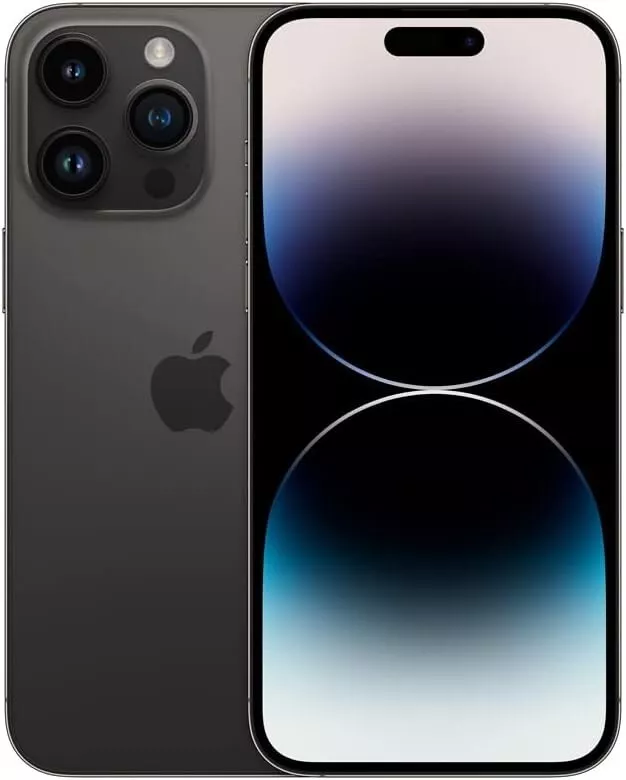The iPhone 14 series marks an evolution in Apple’s smartphone lineup with a notable upgrade in RAM capacity. Unlike its predecessor, the iPhone 13, which was equipped with 4GB of RAM, the iPhone 14 models come standard with 6GB of RAM across the board. This increase in memory is not just a numbers game; it enables smoother multitasking, better performance in demanding applications, and a more responsive user experience.
In the technical landscape of smartphones, RAM plays a crucial role in the overall performance of the device. It acts as the workspace for the processor, allowing the phone to keep more applications active in the background without slowing down. For the iPhone 14 and iPhone 14 Plus, the additional RAM could mean improved handling of complex tasks and enhanced efficiency in processing large files or running multiple apps simultaneously.
With the iPhone 14 series, users also benefit from the distinction between the standard and Pro models in terms of RAM type. The iPhone 14 Pro and Pro Max models feature the faster and more efficient LPDDR5 RAM, while the standard iPhone 14 models are outfitted with LPDDR4X RAM. This difference underlines Apple’s intent to position the Pro models as more capable devices for power users who demand the utmost performance from their smartphones.
A Closer Look: iPhone 14’s Inner Workings
Under the hood, the iPhone 14 boasts impressive hardware that fuels its smooth performance and capabilities. Here’s a breakdown of its RAM, chip, and other key specifications.

The Heart of the iPhone 14: The A15 Bionic Chip
At the core of the iPhone 14’s performance is Apple’s A15 Bionic chip. This powerful chip, built on a 5-nanometer process, ensures snappy responsiveness and efficient power usage.
| Specification | Details |
|---|---|
| CPU | 6-core (2 performance cores + 4 efficiency cores) |
| GPU | 5-core |
| Neural Engine | 16-core |
| RAM | 6GB |
RAM: More Than Meets the Eye
The iPhone 14 comes equipped with 6GB of RAM, which might seem modest compared to some Android devices. However, Apple’s tight integration of hardware and software allows for efficient memory management. This results in smooth multitasking, quick app launches, and a seamless user experience.
Performance Boost: A15 Bionic in Action
The combination of the A15 Bionic chip and 6GB RAM delivers a noticeable performance boost compared to older iPhone models. You’ll experience faster app launches, smoother scrolling, and improved gaming performance. The Neural Engine also plays a crucial role in powering AI-related features like camera enhancements and Siri’s responsiveness.
The Bottom Line:
While the iPhone 14 might not have the most RAM on the market, its combination of powerful hardware and optimized software ensures a smooth and responsive experience. The A15 Bionic chip, paired with 6GB of RAM, provides ample power for everyday tasks, demanding apps, and even gaming.
Key Takeaways
- The iPhone 14 series offers a significant RAM upgrade to 6GB for enhanced multitasking.
- RAM is key to device performance, affecting how well the phone handles multiple applications.
- The Pro models elevate performance with faster LPDDR5 RAM compared to the standard models’ LPDDR4X.
Technical Specifications and Performance
The iPhone 14 models bring marked improvements in processing power and efficiency. Their advanced displays and battery design support prolonged usage with fast charging options.
Processor and RAM
The iPhone 14 and iPhone 14 Pro feature significant enhancements in their processing capabilities. The iPhone 14 is equipped with the A15 Bionic chip, which contains a 6-core CPU and a 4-core GPU. The iPhone 14 Pro, on the other hand, operates on the A16 Bionic chip with a faster 6-core CPU and a new 5-core GPU. Both models have received an upgrade to 6GB of RAM, bolstering multitasking and performance.
Display and Resolution
Each iPhone 14 variant sports an OLED Super Retina XDR display that provides vivid colors and sharp images. The iPhone 14 has a resolution of 2532 by 1170 pixels, offering high-definition clarity. These models maintain a high contrast ratio and can deliver a peak brightness that is suitable for all types of content, improving visibility even in bright outdoor conditions.
Battery and Charging Capabilities
The battery life in the iPhone 14 lineup is designed to last, with the exact capacity varying between models. The iPhone 14 boasts a 3279 mAh battery, supporting extensive use throughout the day. Both models support MagSafe and wireless charging, making it convenient to power up the device without the need for cables. Moreover, they are compatible with fast charging, bringing the phones to 50% charge in around 30 minutes with a suitable adapter.
Design, Durability, and Camera Features
The iPhone 14 blends aesthetic design with practical durability and advanced camera technology to meet modern mobile needs.
Physical Build and Appearance
The iPhone 14 comes in an array of colors including blue, purple, midnight, starlight, and gold. Each model boasts a sleek design marked by its uniform build. The iPhone 14 weighs in at 7.16 ounces, striking a balance between a lightweight feel and a sense of sturdiness in hand.
Water and Dust Resistance
An IP68 rating ensures the iPhone 14 can withstand dust, dirt, and sand, and is resistant to submersion up to a maximum depth of 6 meters for up to 30 minutes. This makes the device resilient to everyday spills and splashes. Additionally, the integration of Ceramic Shield technology furthers the phone’s resilience against drops and scratches, securing the user’s peace of mind in their device’s durability.
Camera System and Imaging
The camera setup of the iPhone 14 is designed to capture sharp and vibrant images. The main camera includes a 12MP sensor brightened by an aperture of f/1.5. This contributes to the phone’s ability for clear, detailed photos even in less-than-ideal lighting conditions. Advanced features like Dolby Vision, Deep Fusion, Smart HDR 4, Night Mode, Photographic Styles, and Portrait Mode with Portrait Lighting enrich the photographic experience. Notably, the Photonic Engine enhances mid to low-light performance, underscoring the camera’s prowess.






